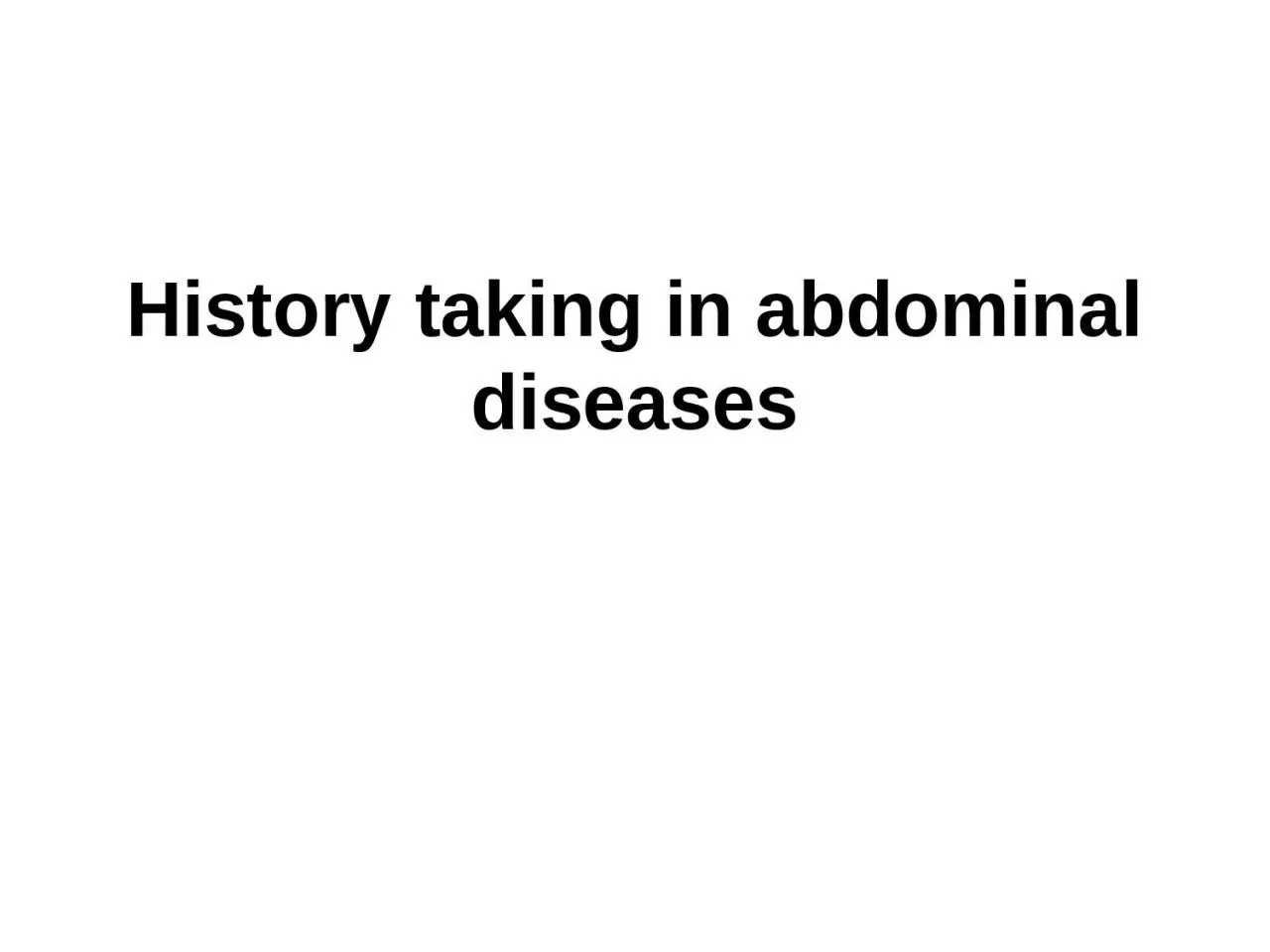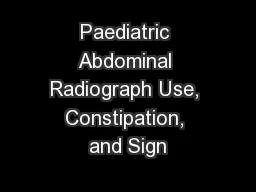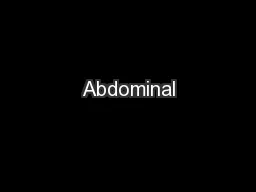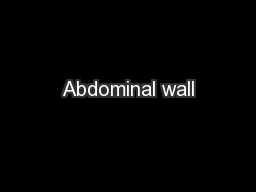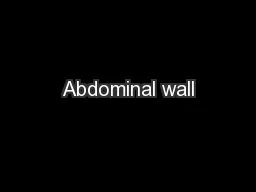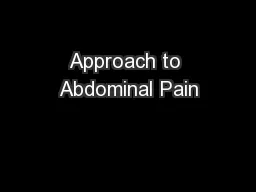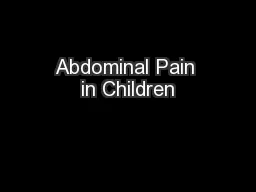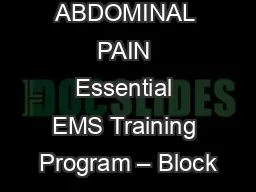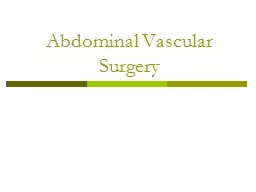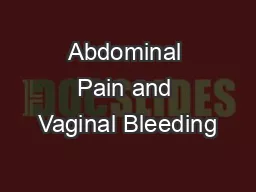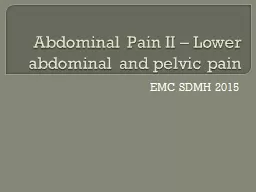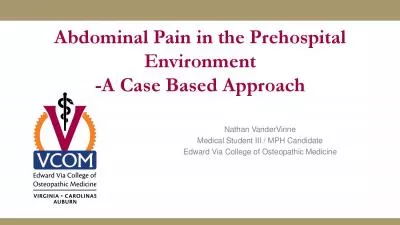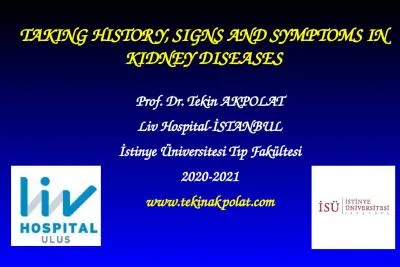PPT-History taking in abdominal diseases
Author : harper | Published Date : 2022-06-15
History taking Abdominal pain Localisation Type Severity Chronology Aggravating or relieving factors Associated symptoms Radiation of pain Right upper quadrant
Presentation Embed Code
Download Presentation
Download Presentation The PPT/PDF document "History taking in abdominal diseases" is the property of its rightful owner. Permission is granted to download and print the materials on this website for personal, non-commercial use only, and to display it on your personal computer provided you do not modify the materials and that you retain all copyright notices contained in the materials. By downloading content from our website, you accept the terms of this agreement.
History taking in abdominal diseases: Transcript
Download Rules Of Document
"History taking in abdominal diseases"The content belongs to its owner. You may download and print it for personal use, without modification, and keep all copyright notices. By downloading, you agree to these terms.
Related Documents

